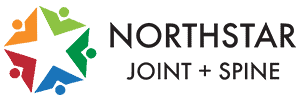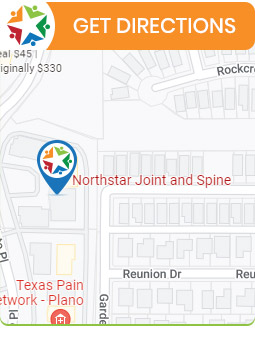Peripheral Nerve Stimulation (PNS) Shoulder Pain Treatment After Shoulder Surgery in Plano, TX
Peripheral Nerve Stimulation (PNS) is an advanced treatment option for managing chronic pain. At Northstar Joint and Spine, Dr. Robert Nocerini, MD, offers PNS treatments for shoulder pain following surgery. With a focus on patient-centered care, our team uses PNS to effectively manage and reduce pain, enhancing recovery and improving overall comfort for his patients. For more information, contact us today or schedule an appointment online now! We are conveniently located at 7704 San Jacinto Pl Suite #200 Plano, TX 75024.
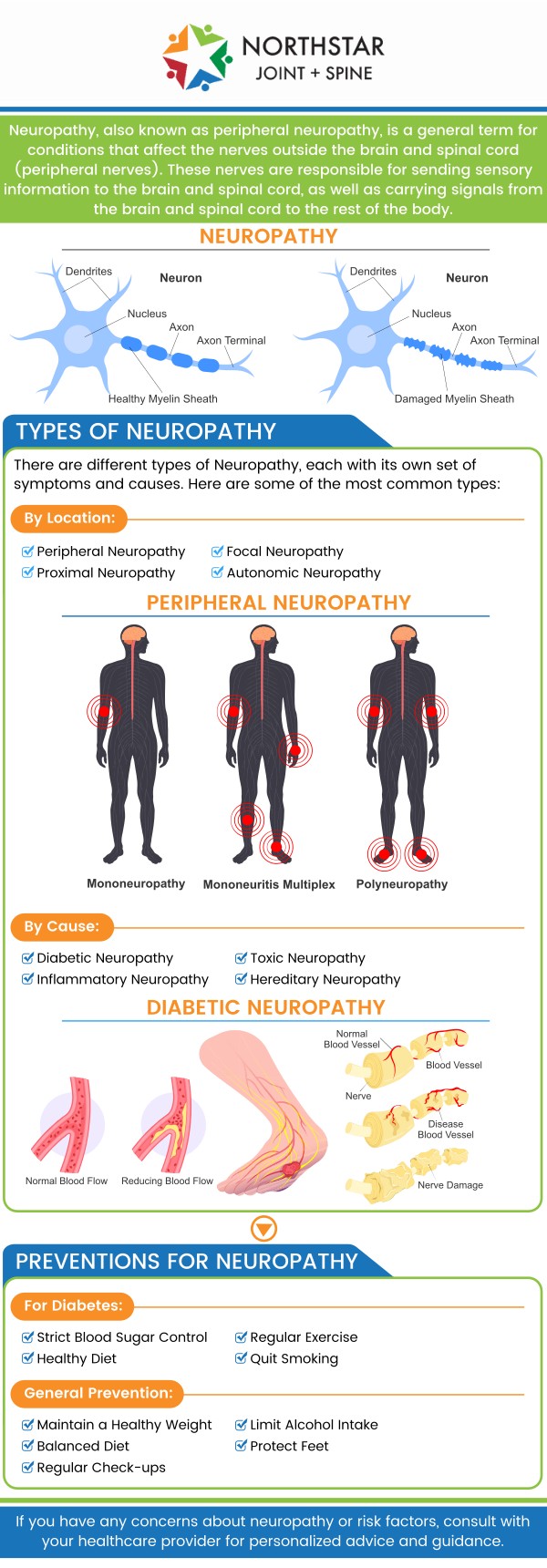
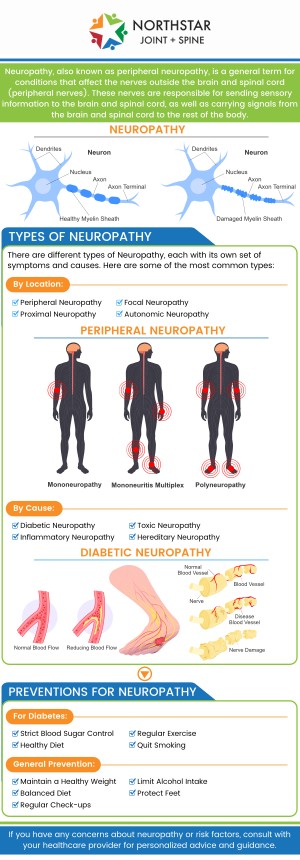
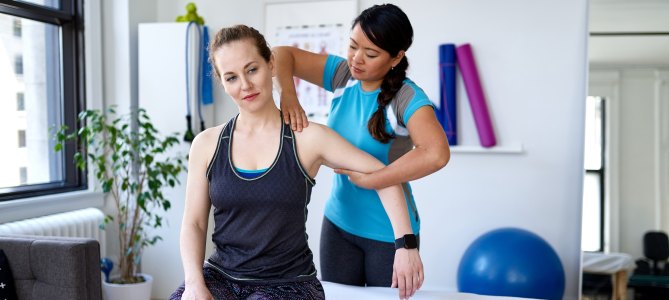
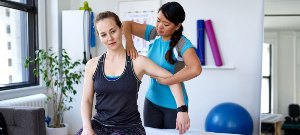
Table of Contents:
What helps with nerve pain after shoulder surgery?
What is the peripheral nerve stimulation procedure like for shoulder pain after surgery?
Can peripheral nerve stimulation be combined with other treatments for shoulder pain after surgery?
How effective is peripheral nerve stimulation in alleviating shoulder pain following surgery?
How long is the recovery time for a peripheral nerve stimulator for shoulder pain after shoulder surgery?
Precise Shoulder Pain Relief with Peripheral Nerve Stimulation by Dr. Robert Nocerini in Plano, TX
At Northstar Joint and Spine, led by board-certified pain management specialist Robert Nocerini understands that shoulder surgery can often lead to nerve pain during the recovery period. He strives to assist his patients in managing their discomfort by offering a range of effective strategies.
Dr. Nocerini also advises patients to maintain a healthy weight to reduce pressure on nerves and incorporate gentle exercises to improve shoulder mobility and reduce stiffness.
At Northstar Joint and Spine, we understand that everyone’s experience with nerve pain after shoulder surgery is unique. We will provide the necessary instructions and precautions when using medications or undergoing therapies, and if nerve pain persists or worsens, we are here to provide prompt medical attention.
Under Dr. Nocerini’s expert care, Peripheral Nerve Stimulation (PNS) offers several benefits:
• Non-addictive pain relief
• Long-term pain control
• Improved function and range of motion
• Reduced need for pain medication
Patients can adjust the stimulation as needed using a handheld programmer, allowing them to control their pain. Regular follow-up appointments with Dr. Nocerini are necessary to monitor the effectiveness of the treatment and adjust the programming of the stimulator if needed.
Like any procedure, Peripheral Nerve Stimulation (PNS) carries some risks and complications. Dr. Nocerini ensures that all patients are aware of potential risks, which include:
• Infection
• Bleeding
• Nerve damage
• Device failure
• Pain relief that does not meet expectations
At NorthStar Joint and Spine, Dr. Robert Nocerini uses Peripheral Nerve Stimulation as a successful and long-term treatment option for chronic shoulder pain or shoulder pain after surgery. This minimally invasive procedure can significantly improve pain, function, range of motion, and overall quality of life for patients suffering from chronic shoulder pain.
We believe in the benefits of combining PNS with other treatments for a more holistic approach towards pain management.
Physical therapy is one such treatment that can work in tandem with PNS. We focus on improving your mobility and strength to address the root causes of your shoulder pain, enhancing its function and movement. We may also recommend pharmacotherapy, such as pain medications, muscle relaxants, anti-inflammatory drugs, or corticosteroid injections. These can help alleviate inflammation and offer temporary relief, while PNS offers more long-term pain management benefits.
We also emphasize the significance of lifestyle changes, including consistent exercise and a nutritious diet, as part of the treatment regimen. These changes can help control body weight, reducing stress on the shoulder joint, and strengthening the shoulder muscles.
Studies have shown that PNS can lead to significant pain reduction in 70-80% of patients and improved function in 84% of cases. These studies align with the positive results Dr. Nocerini has seen in his own practice. However, it is crucial to recognize that not all patients experience the same level of relief, and Peripheral Nerve Stimulation (PNS) may not be suitable for all patients. This is why Dr. Nocerini carefully selects his patients and sets realistic expectations.
Dr. Nocerini has successfully utilized Peripheral Nerve Stimulation (PNS) to treat a broad range of patients suffering from shoulder pain after surgery. The success rate of PNS, however, can greatly depend on the individual patient’s condition, the underlying cause of the shoulder pain, and other factors.
Under the skilled hands of Dr. Nocerini, PNS has a high success rate in treating shoulder pain after surgery. However, its effectiveness can vary from patient to patient, and it’s essential to remember that PNS should only be performed by a qualified medical professional as part of a comprehensive pain management plan.
The recovery time with Peripheral Nerve Stimulation (PNS) usage can greatly vary based on factors such as the patient’s overall health, age, severity of shoulder pain and type of surgery performed, physical fitness, and adherence to rehabilitation and PNS therapy.
In the initial recovery stage (0-2 weeks), patients may begin to feel pain relief a few days to a week after PNS implantation. This stage involves resting, managing pain with medications, and starting physical therapy to maintain range of motion, reduce inflammation, and gradually increase shoulder activity.
Early rehabilitation (2-6 weeks) follows the initial recovery stage. It’s during this period that the surgical incision heals, which usually takes about 2 to 4 weeks. Patients may need to tweak the settings of their PNS device with help to find the most effective level of stimulation for their pain.
The progressive recovery stage (6-12 weeks) involves increased intensity and frequency of physical therapy exercises, continuation of PNS therapy to reduce pain and promote recovery, and a return to activities of daily living and light exercise.
Finally, full recovery (3-6 months) is when most individuals achieve significant pain reduction and functional improvement. Continued physical therapy to optimize shoulder motion and strength is part of this stage, and regular PNS therapy may be required for long-term pain management.
It’s important to remember that while a PNS can significantly reduce shoulder pain, it doesn’t cure the underlying condition causing the pain. Consequently, it should be incorporated into a holistic pain management plan that may encompass physical therapy, medication, and lifestyle modifications.
At Northstar Joint and Spine in Plano, TX, Board-Certified Dr. Robert Nocerini provides advanced Peripheral Nerve Stimulation (PNS) therapy to patients experiencing persistent shoulder pain after surgery. This minimally invasive treatment delivers gentle electrical pulses to targeted nerves, helping modulate pain signals and restore comfort. Dr. Nocerini’s approach focuses on helping patients regain shoulder strength and function without dependence on long-term medication.
With over 26 years of experience in interventional pain management, Dr. Nocerini designs customized PNS plans to improve daily comfort and mobility. He utilizes state-of-the-art technology to ensure precise placement of the stimulator, leading to effective pain reduction and enhanced shoulder range of motion. Patients trust his commitment to long-term results and compassionate care tailored to their individual recovery journey
At NorthStar Joint and Spine, we understand that recovery times can greatly vary from person to person. Therefore, Dr. Nocerini makes it a point to discuss individual situations and expectations with his patients, providing personalized guidance and monitoring progress to ensure optimal outcomes. For more information, contact us today or schedule an appointment online now! We are conveniently located at 7704 San Jacinto Pl Suite #200 Plano, TX 75024. We serve patients from Plano TX, Willow Bend TX, Frisco TX, Allen TX, Addison TX, North Dallas TX, and surrounding areas.

Check Out Our 5 Star Reviews


Additional Services You May Need
▸ Back Pain
▸ Chronic Pain
▸ Epidural Steroid Injections
▸ Spinal Cord Stimulation
▸ Viscosupplementation
▸ Genicular Nerve Blocks
▸ Facet Injections
▸ Joint Injections
▸ Sacroiliac Joint Injections
▸ Lumbar and Cervical
▸ Facet Medial Branch Blocks
▸ Diagnostic Nerve Blocks
▸ Medication Management
▸ Neck Pain Doctor
▸ Diabetic Peripheral Neuropathy
▸ Headaches
▸ Suboxone
▸ Botox for Migraines
▸ Peripheral Nerve Stimulation
▸ Spine
▸ Joints
▸ Muscles
▸ Bones

Additional Services You May Need
▸ Back Pain
▸ Chronic Pain
▸ Epidural Steroid Injections
▸ Spinal Cord Stimulation
▸ Viscosupplementation
▸ Genicular Nerve Blocks
▸ Facet Injections
▸ Joint Injections
▸ Sacroiliac Joint Injections
▸ Lumbar and Cervical
▸ Facet Medial Branch Blocks
▸ Diagnostic Nerve Blocks
▸ Medication Management
▸ Neck Pain Doctor
▸ Diabetic Peripheral Neuropathy
▸ Headaches
▸ Suboxone
▸ Botox for Migraines
▸ Peripheral Nerve Stimulation
▸ Spine
▸ Joints
▸ Muscles
▸ Bones
